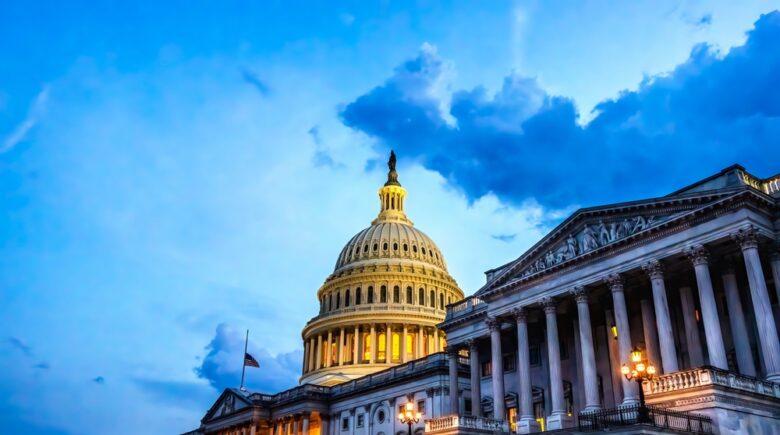Since Donald Trump returned to the White House, aided by his tech-aligned supporter Elon Musk, the political landscape of the United States has undergone significant turmoil. Many Americans fear the rise of fascist—or even “Christofascist”—ideology, which threatens to undermine the nation’s fundamental principles. Despite these disruptions, the United States remains officially defined as a “constitutional federal republic.” To truly understand the extent to which Trump and Musk have altered this system, we must first examine what the American government is supposed to be.
Democracy vs. Republic: Clarifying the Distinction
Democracy is a system where power originates from the people, manifesting in two main forms:
- Minimalist Democracy: Closely related to a republic, this system allows citizens to elect representatives who are expected to act in their best interests.
- Direct Democracy: Grants citizens direct control over governmental decisions without intermediary representatives.
Democracy stands in opposition to authoritarian rule, where power is concentrated in the hands of a dictator or a small elite (an oligarchy), with no meaningful checks or limitations.
The Constitutional Framework
The United States operates under the Constitution, a foundational document that establishes the legal framework for all laws at both the federal and state levels. It also delineates the limits of government power, ensuring a structured balance between different branches and jurisdictions.
Federal Authority and State Rights
While the U.S. consists of individual states, federal laws apply uniformly across the nation unless explicitly stated otherwise. This distinction underpins debates over “states’ rights,” wherein certain states seek to legislate in ways that might contradict federal statutes. For example, while federal law classifies marijuana as illegal, several states have legalized its use in some capacity.
Checks and Balances: The Three Branches of Government
The U.S. government is structured around three branches, each with distinct roles:
- Executive Branch (President): The President enforces laws and serves as the Commander-in-Chief of the military. Executive orders enable the President to direct policy implementation, though their authority is subject to legal challenges. Presidents are elected via the Electoral College, whose representatives may choose to follow or override the general election outcome.
- Judicial Branch (Supreme Court): The Supreme Court evaluates whether laws align with the Constitution.
- Legislative Branch (Congress): Comprising the House of Representatives and the Senate, Congress drafts and votes on legislation. Bills require majority approval in both houses before becoming law. The President can sign or veto legislation, though Congress can override a veto with a two-thirds majority in both chambers. Congress also controls financial allocations and decisions on military engagement.
While the President can propose new government departments via executive order, Congress ultimately decides their legitimacy. For example, Richard Nixon established the Environmental Protection Agency in July 1970, but Congress formally ratified it in December of that year. By contrast, Trump’s so-called “Department of Government Efficiency” is merely a rebranding of the U.S. Digital Service, set to be disbanded by July 4, 2026.
Fascism: A Dangerous Shift
Fascism is an ultranationalist form of authoritarianism characterized by dictatorial rule, a focus on military strength, and the suppression of rights and freedoms in the name of order. Many of Trump’s executive orders, reminiscent of Dolores Umbridge’s decrees in Harry Potter, reflect an authoritarian ideology. Policies such as revoking birthright citizenship and defunding government programs without congressional approval have frequently been challenged in federal courts, revealing their unconstitutional nature.
Christofascism: Theocratic Authoritarianism
A specific subset of fascism, Christofascism seeks to intertwine Christianity with governance, often favoring a particular denomination—typically Evangelicalism in the U.S. Under this ideology, civil rights and freedoms are only extended to those who adhere to the state-sanctioned version of Christianity.
This perspective directly contradicts the First Amendment’s principle of separating church and state. While some Evangelicals argue that this separation exists solely to protect religion from governmental interference, the Founding Fathers intended it to prevent any single faith from being imposed upon the population.
Conclusion
The American government was designed as a constitutional federal republic, incorporating democratic principles while maintaining systemic checks on power. However, recent political developments have pushed it toward a more authoritarian and religiously influenced model, threatening its foundational ideals. Understanding these changes is crucial for those who wish to protect the nation’s democratic framework and uphold the separation of church and state.



